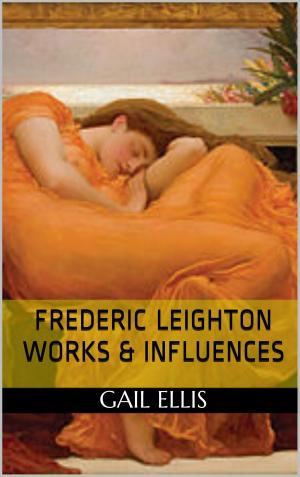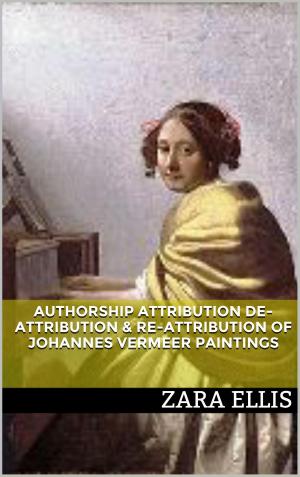Stolen Masterpieces, Museum Security, Thieves, Detection & Penal Systems
Nonfiction, Social & Cultural Studies, Current Events, Political Science, Government, Local Government, True Crime| Author: | Gail Ellis | ISBN: | 9781909827165 |
| Publisher: | Book Treasury | Publication: | June 11, 2013 |
| Imprint: | Language: | English |
| Author: | Gail Ellis |
| ISBN: | 9781909827165 |
| Publisher: | Book Treasury |
| Publication: | June 11, 2013 |
| Imprint: | |
| Language: | English |
Introduction
Stealing paintings from museums is not a new phenomenon. The practice has gone on for centuries but various factors saw a rise in art theft during the last century. The theft of the Mona Lisa in 1911 raised many issues of museum security and sentencing issues. The outbreak of war saw the looting of hundreds of thousands of paintings which today still raise many controversial questions both political and legal regarding ownership. During the 1950s auction houses saw a boom in sales. The six year limitation period had lapsed so people in possession of the looted artworks were now able to sell them off safely without prosecution and became the legal owners in the eyes of the law.
The 1960s saw an even bigger boom in the art market as more and more people sold off to profit from their prized possessions. Thieves took advantage of the lack of security that prevailed in many museums, fuelled by greed they sought to cash in on what they thought was easy money. Museums in their desperation to get back their stolen treasures paid vast sums without the police being involved to ensure the safe return of their artworks which only heightened the problem of art theft which has continued to rise to the present day.
This eBook discusses how art is stolen, the reaction of museums affected, the police response upon discovery of the theft, and the courts reaction through legal change and sentences imposed upon those responsible. One would expect a uniform pattern of sentencing for similar value of stolen artworks but, this is not the case as courts in different countries have given sentences which do not reflect the loss not only in monetary terms but the loss to the culture of the country that has been affected by the theft.
Welcome to the fascinating world of art crime and how it is dealt with in the modern world!
Learn how Pablo Picasso was caught up in one of the greatest art thefts in history.
Introduction
Stealing paintings from museums is not a new phenomenon. The practice has gone on for centuries but various factors saw a rise in art theft during the last century. The theft of the Mona Lisa in 1911 raised many issues of museum security and sentencing issues. The outbreak of war saw the looting of hundreds of thousands of paintings which today still raise many controversial questions both political and legal regarding ownership. During the 1950s auction houses saw a boom in sales. The six year limitation period had lapsed so people in possession of the looted artworks were now able to sell them off safely without prosecution and became the legal owners in the eyes of the law.
The 1960s saw an even bigger boom in the art market as more and more people sold off to profit from their prized possessions. Thieves took advantage of the lack of security that prevailed in many museums, fuelled by greed they sought to cash in on what they thought was easy money. Museums in their desperation to get back their stolen treasures paid vast sums without the police being involved to ensure the safe return of their artworks which only heightened the problem of art theft which has continued to rise to the present day.
This eBook discusses how art is stolen, the reaction of museums affected, the police response upon discovery of the theft, and the courts reaction through legal change and sentences imposed upon those responsible. One would expect a uniform pattern of sentencing for similar value of stolen artworks but, this is not the case as courts in different countries have given sentences which do not reflect the loss not only in monetary terms but the loss to the culture of the country that has been affected by the theft.
Welcome to the fascinating world of art crime and how it is dealt with in the modern world!
Learn how Pablo Picasso was caught up in one of the greatest art thefts in history.















